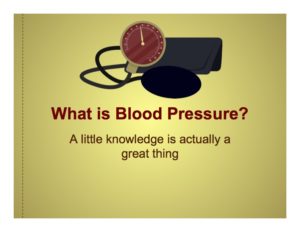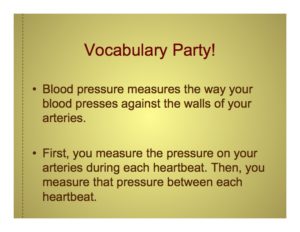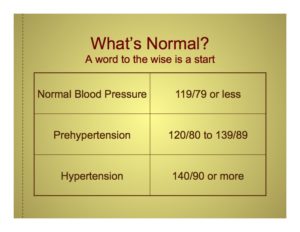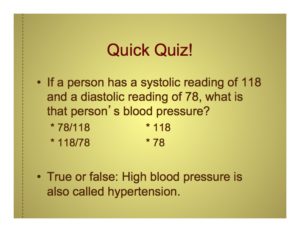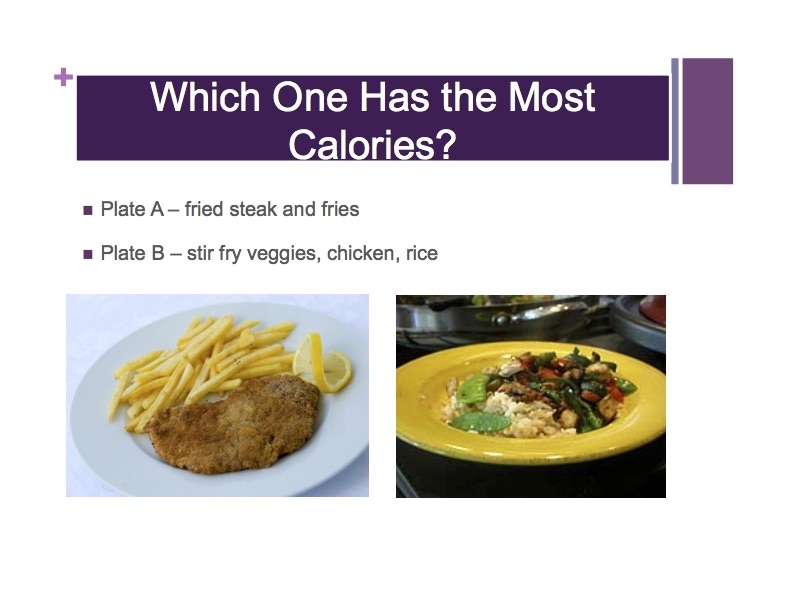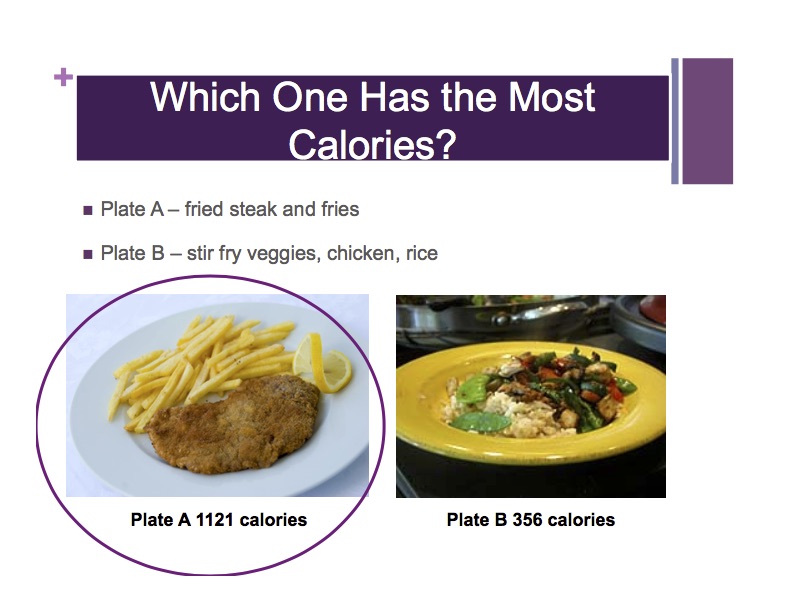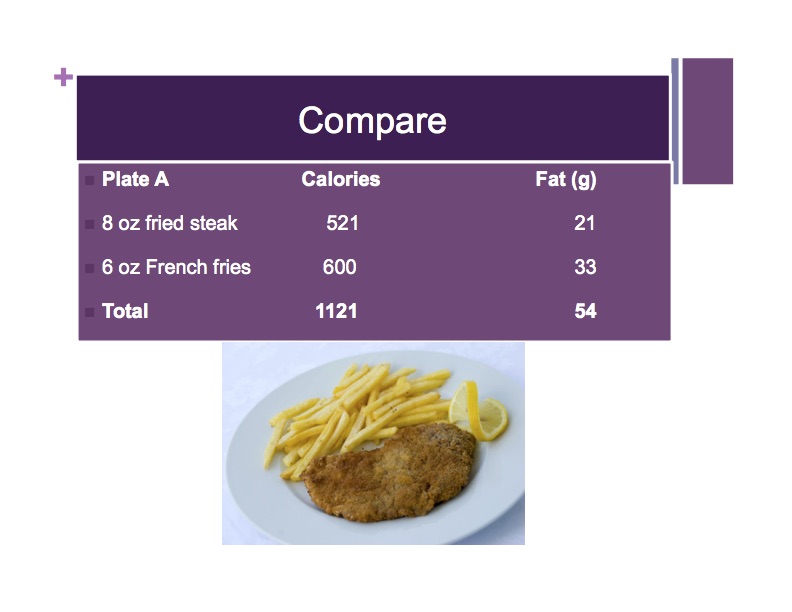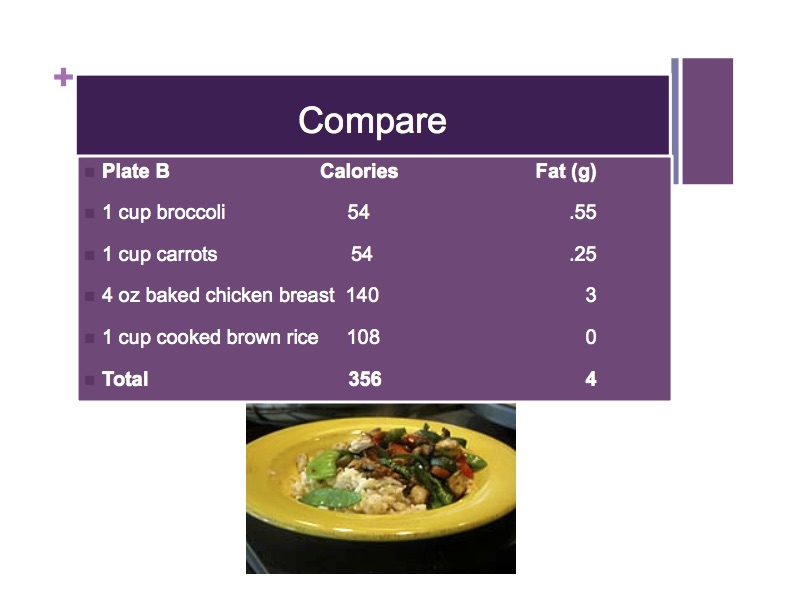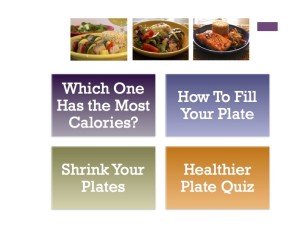It’s National High Blood Pressure Education Month!
Help educate your audience about hypertension with these free slides, which are excerpted from the top-selling presentation Blood Pressure 101, available now in the Nutrition Education Store.
This little preview will also include the speaker’s notes for each slide, so welcome to today’s show! At this presentation, we’ll discuss what blood pressure is and how to measure it. We’ll also cover the effects of hypertension and how you can lower your health risks.
First let’s talk vocabulary. Blood pressure measures the way your blood presses against the walls of your arteries. To measure it, first a doctor will measure the pressure on your arteries during each heartbeat. Then that doctor will measure the pressure on your arteries between each heartbeat.
When you measure pressure on the arteries during each heartbeat, it’s called taking the systolic pressure. When you measure pressure on the arteries between each heartbeat, it’s called taking the diastolic pressure. As you age, your diastolic pressure generally decreases and you should pay more attention to systolic blood pressure. However, you should never ignore your diastolic blood pressure. In fact, when you’re young, that’s the number you really want to watch.
A doctor generally looks at both your systolic and diastolic numbers when determining whether or not you have high blood pressure. How the two factors interact is important, as is the level of each. High blood pressure is also called hypertension.
Now let’s take a look at how to interpret blood pressure results. Normal blood pressure is 119/79 or less. If your blood pressure is between 120/80 and 139/89, then you have prehypertension. If your blood pressure is 140/90 or more, then you have hypertension.
Ah! It’s time for a quiz. Now, If a person has a systolic reading of 118 and a diastolic reading of 78, what is that person’s blood pressure? The correct answer is 118/78.
Let’s move on to the next question. True or false? High blood pressure is also called hypertension. That answer is true!
The PowerPoint goes on to explore the health effects of high blood pressure, how to test blood pressure and interpret the results, and how to treat and even prevent hypertension. The presentation is peppered with quick quizzes to test knowledge and promote participant engagement too. If you like what you see, consider getting the whole show!
And of course, here are PDF copies of the slides we featured today. What will you do with yours?
And here are some more materials for High Blood Pressure Education Month!

Blood Pressure 101 Education Materials Bundle
$69.00 $69.00
Add to Cart




